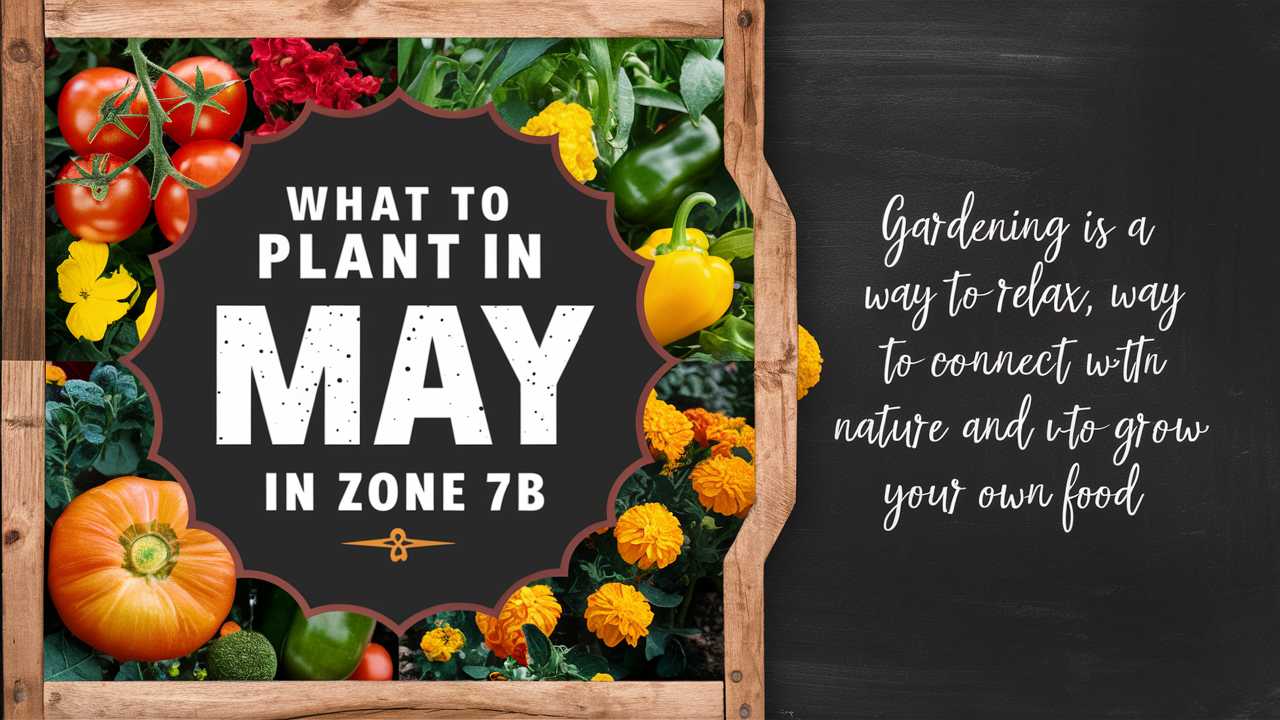Gardening in USDA Zone 7b offers a unique advantage due to its temperate climate, characterized by four distinct seasons. Known for its mild winters and warm summers, Zone 7b allows for a diverse range of plants to flourish. May is particularly significant as it signifies the end of frost season, making it the perfect time to start planting various vegetables, flowers, fruits, and landscape plants.
Vegetables To Plant
May is the prime month for planting a wealth of vegetables, and Zone 7b’s climate allows for the growth of both cool-season and warm-season crops.
Tomatoes
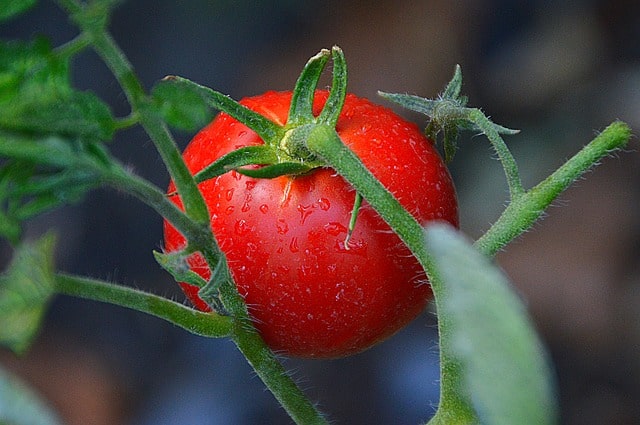
Tomatoes are a staple vegetable and do exceptionally well in Zone 7b. It’s essential to plant them when the soil temperature reaches at least 60°F (about mid to late May). Choose disease-resistant varieties to combat common issues like blight and end rot. To encourage healthy growth, amend your soil with compost or well-rotted manure before planting, and consider adding mulch around the base to retain moisture and regulate soil temperature. Tomatoes prefer full sun and should be checked regularly for moisture, particularly in the hot summer months, as they are susceptible to blossom drop and sunscald if not adequately watered.
Peppers

Peppers thrive in warm soils and can be planted in late May after the last frost. In Zone 7b, varieties like bell peppers and jalapeños produce delicious fruit in ample sunshine. Start your seedlings indoors in early April to get a jump start, then transplant outside once the danger of frost has passed. They enjoy a sunny location and benefit from well-drained, fertile soil. Remember to keep them consistently watered; using a soaker hose can help to keep the foliage dry and minimize disease risk.
Cucumbers
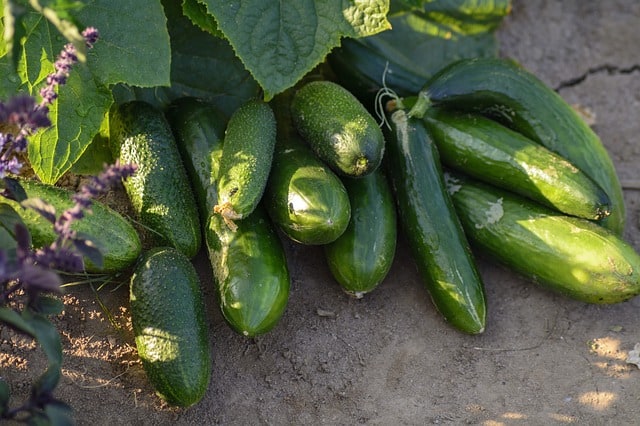
Cucumbers can be direct-seeded into your garden in late May, where they’ll thrive in the sun. The warm climate of Zone 7b ensures rapid growth, and you can expect a harvest as soon as 50-70 days later. They prefer rich, sandy loam for good drainage, and regular watering is essential, especially during flowering and fruiting stages. Twining cucumbers up a trellis can save space and help decrease the likelihood of disease, as it keeps the fruit off the soil.
Beans
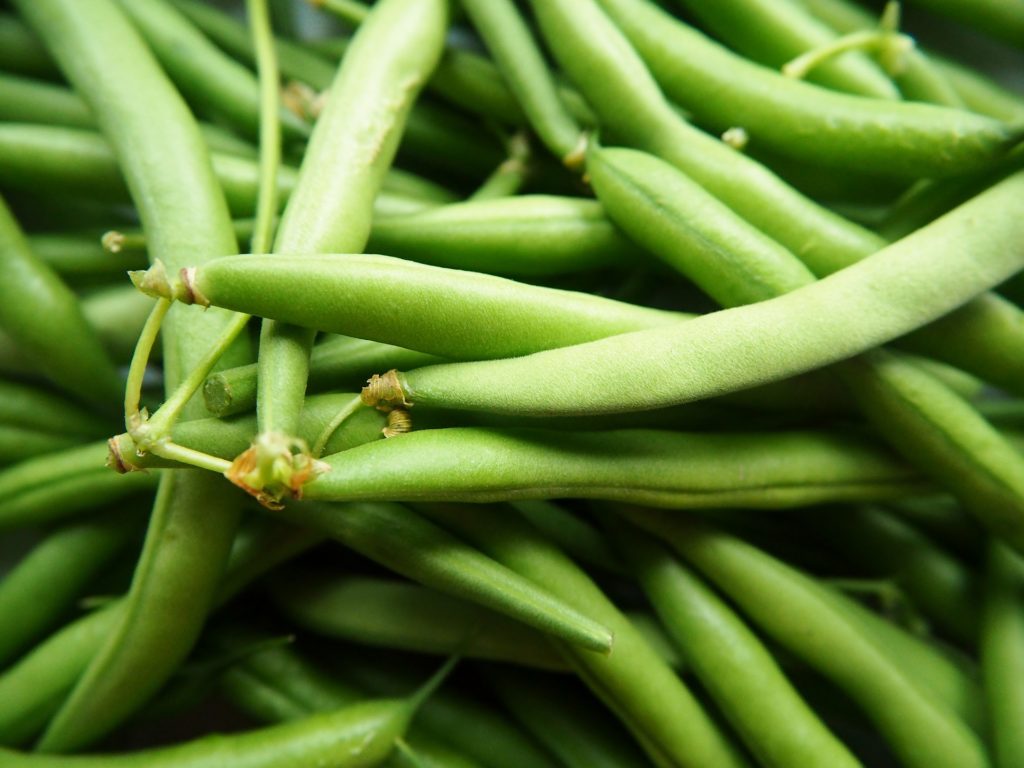
Beans are excellent companions to other crops in a vegetable garden. With the warm soil temperatures typical in May, both bush and pole beans can be directly seeded into well-tilled soil. Beans enrich the soil by fixing nitrogen, benefiting consecutive crops. Given their relatively fast growth, regular harvesting can encourage further production throughout the summer months. Remember that in Zone 7b, it’s crucial to plant them after the danger of frost passes to avoid damage from unexpected cold snaps.
Squash
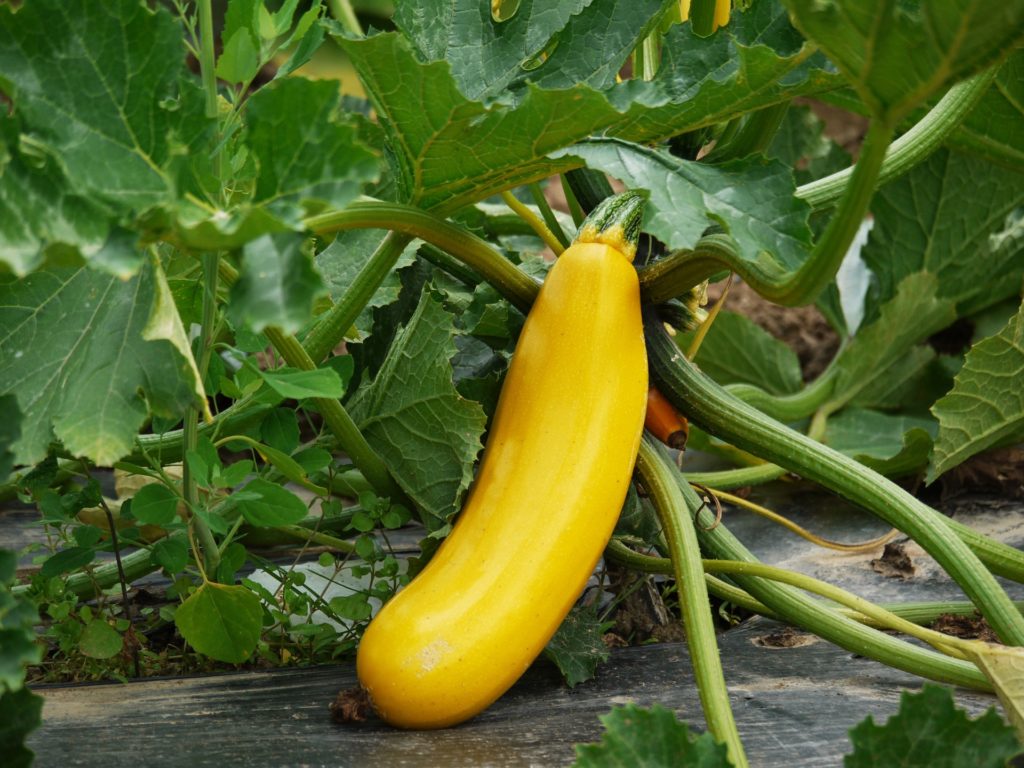
Warm-weather squash, including zucchini, is best planted in May. Squash prefers rich, well-draining soil, and the warm temperatures in Zone 7b maximize their growth potential. They can be planted in mounds or hills to ensure good drainage, especially in wetter seasons. Regular watering and careful monitoring of pest populations—such as squash bugs and vine borers—will help maintain healthy plants.
Carrots
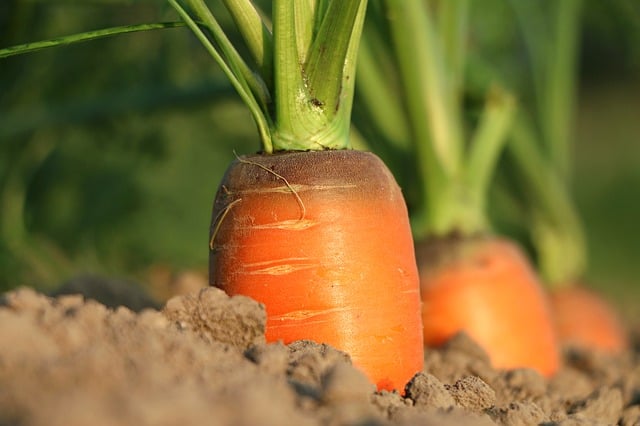
Carrots can be direct seeded into the garden in May; however, they prefer cooler weather and benefit from partial shade. The fertile, sandy soils of Zone 7b are ideal for root development. Carrots need consistent watering to avoid splitting and ensure sweet flavor. Thinning seedlings is crucial to allow adequate space, as overcrowding can lead to smaller, deformed roots.
Lettuce
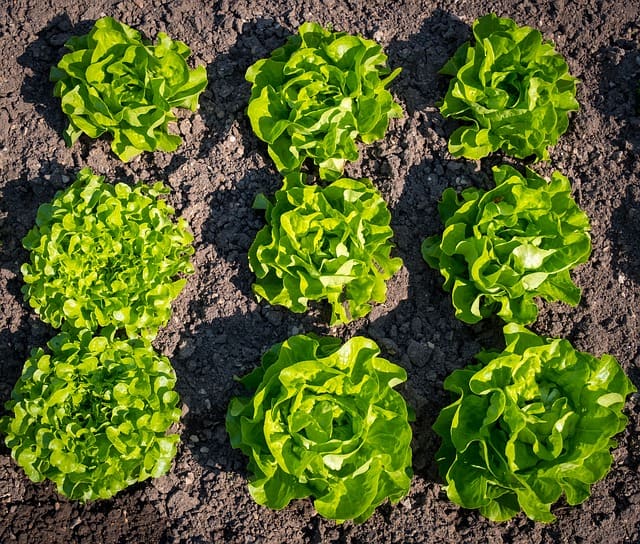
While lettuce prefers cooler temperatures, heat-tolerant varieties can be successful when planted early in May. Zone 7b typically allows for succession planting, giving you continuous harvests. Provide partial shade during particularly hot spells to prevent bolting—a common issue with lettuce that can arise with heat stress. Regularly harvest outer leaves to encourage new growth.
Radishes
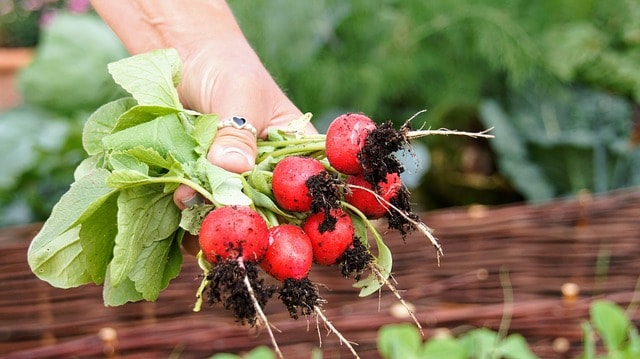
Radishes are among the fastest-growing crops, making them perfect for spring planting in Zone 7b. Sown directly into the ground, they thrive in loose, well-drained soil and can tolerate slightly cooler temperatures. Regular watering ensures crisp and flavorful roots, and staggered sowing every few weeks allows for continuous harvest.
Beets
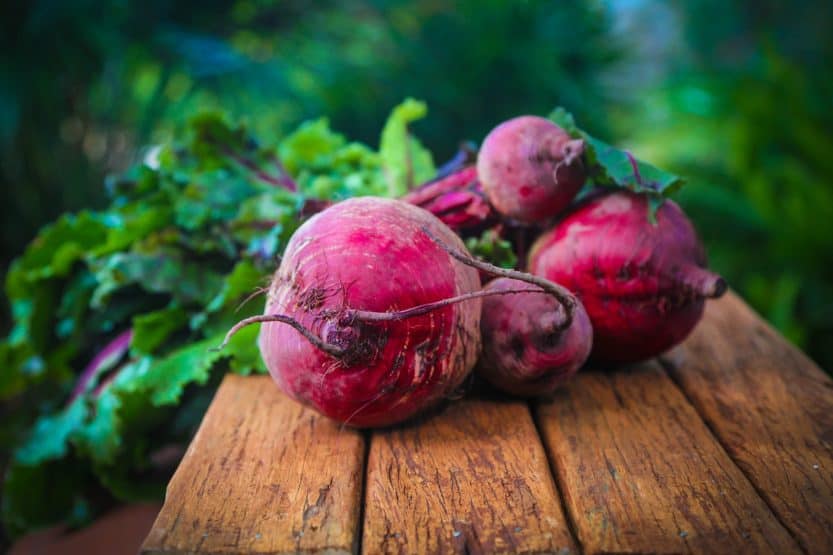
May is a great time to plant beets, which will flourish in the warm, nutrient-rich soils of Zone 7b. Direct sow seeds into well-tilled soil, and keep them adequately watered to support steady growth. They also tolerate heat well—harvest both the roots and the greens for a versatile crop.
Pumpkins
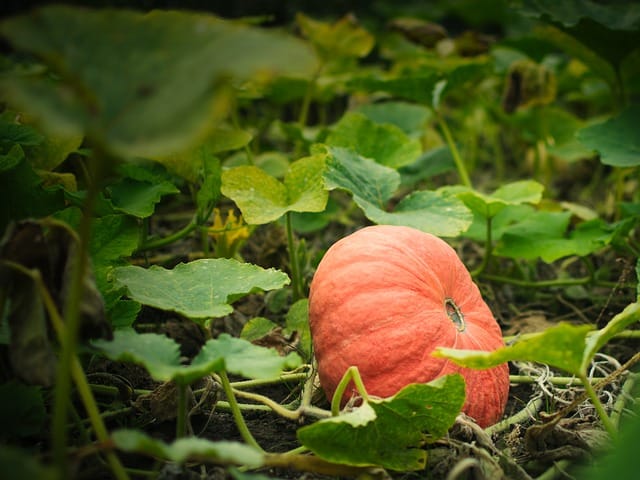
Pumpkins should be planted in late May in Zone 7b, where they can take advantage of the warm soil and long growing season. They require ample space, so consider planting in mounds about 3 feet apart. Regular watering is essential during their growth stages, particularly before the heavy fruit sets in late summer, and incorporating straw mulch can help retain moisture and control weeds.
Flowers To Plant
May signifies a time to plant beautiful annuals and perennials that will add color and life to your garden.
Sunflowers
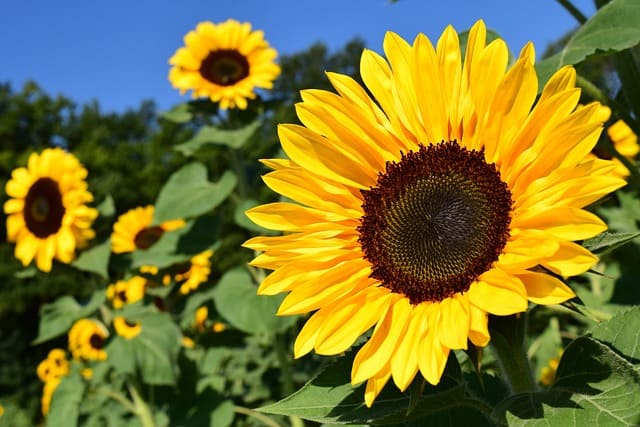
Sunflowers are not only cheerful but also highly adaptable to various soil conditions, making them an excellent choice for May planting. Their height can be a stunning focal point, especially when planted in large groups. In Zone 7b, sow seeds directly into the ground where they will receive full sun, ensuring at least six hours of light daily. Regular watering is essential in the dry summer months, and deadheading spent blooms encourages continuous flowering.
Marigolds
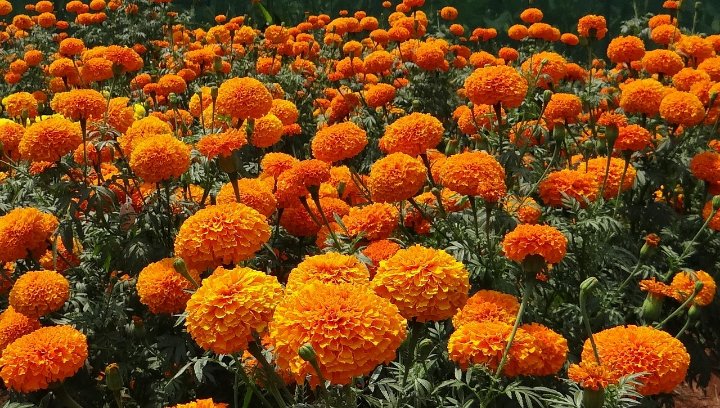
Marigolds are fantastic to plant in May for their pest-control properties and vibrant flowers. They thrive in well-drained soil and prefer full sun, making them perfect companions in vegetable gardens. The bright colors also attract beneficial pollinators, enhancing your overall garden environment. Regular deadheading throughout the summer encourages prolonged blooming.
Zinnias
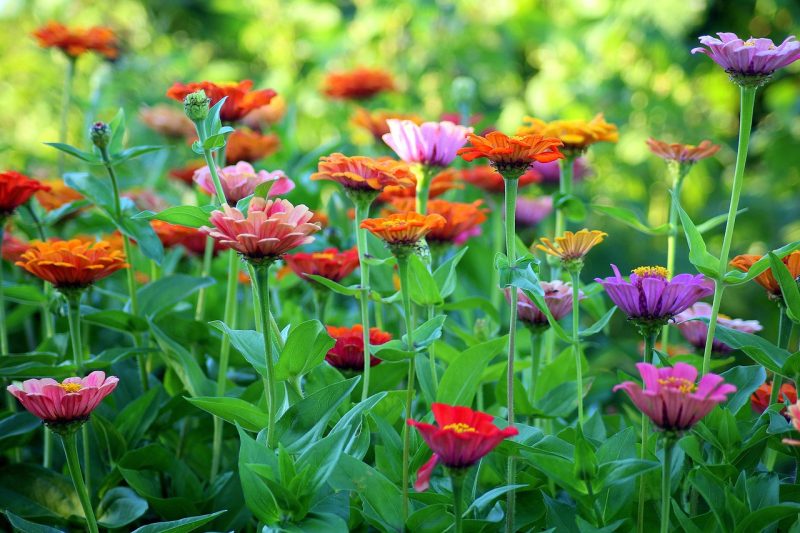
Zinnias offer a striking array of colors and thrive well in consistent sunlight. Plant seeds directly in well-draining soil after the threat of frost has passed, and consider deadheading to promote further blooms. They also thrive in a variety of garden settings, making them versatile choices for borders, beds, or containers.
Cosmos
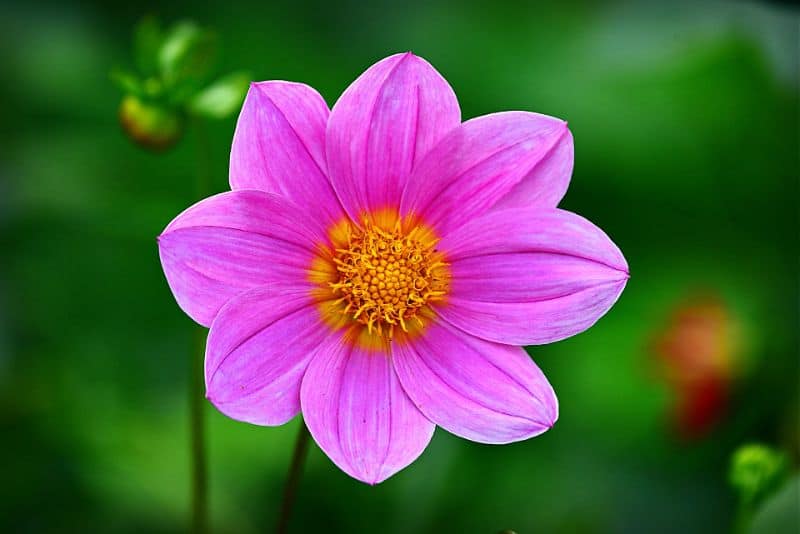
Cosmos are easy-to-grow flowers that can establish quickly, providing abundant blooms until the frost returns. Plant seeds directly in well-drained soil in full sun. They attract butterflies and are excellent for pollinator gardens. These plants are drought-tolerant, making them ideal for less frequent watering.
Dahlias
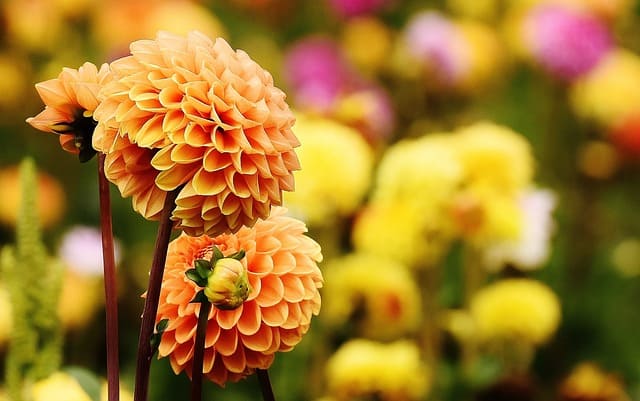
Dahlia tubers should be planted in well-drained soil to allow for proper drainage, especially in the humid conditions common during summer. Their large, stunning blooms add dramatic flair to any garden, and deadheading can prolong the blooming period. Ensure you provide adequate support to taller varieties as they grow.
Nasturtiums
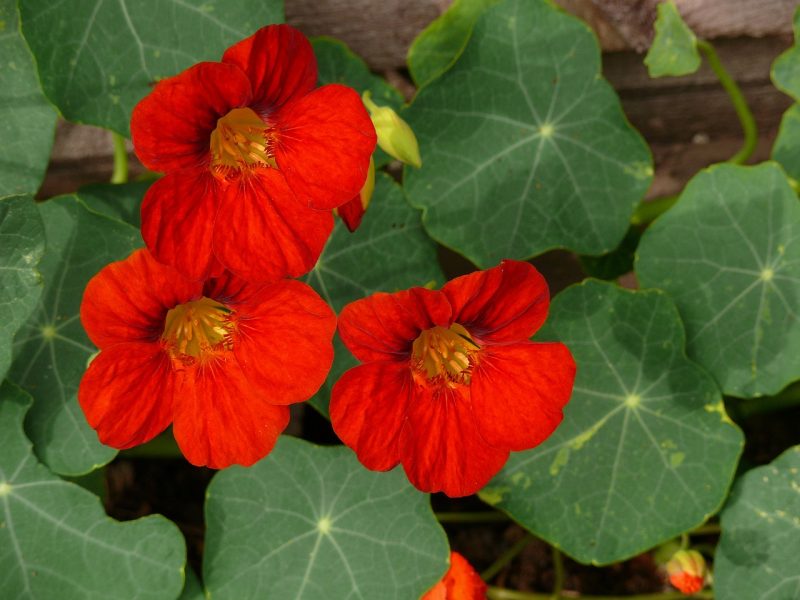
Nasturtiums are not only beautiful but also edible, with stunning flowers that can enhance salads. They thrive in poor soil and can even tolerate slightly neglected conditions, making them an excellent low-maintenance choice. Plant seeds directly in the ground, and consider companion planting alongside vegetables to help deter pests.
Alyssum
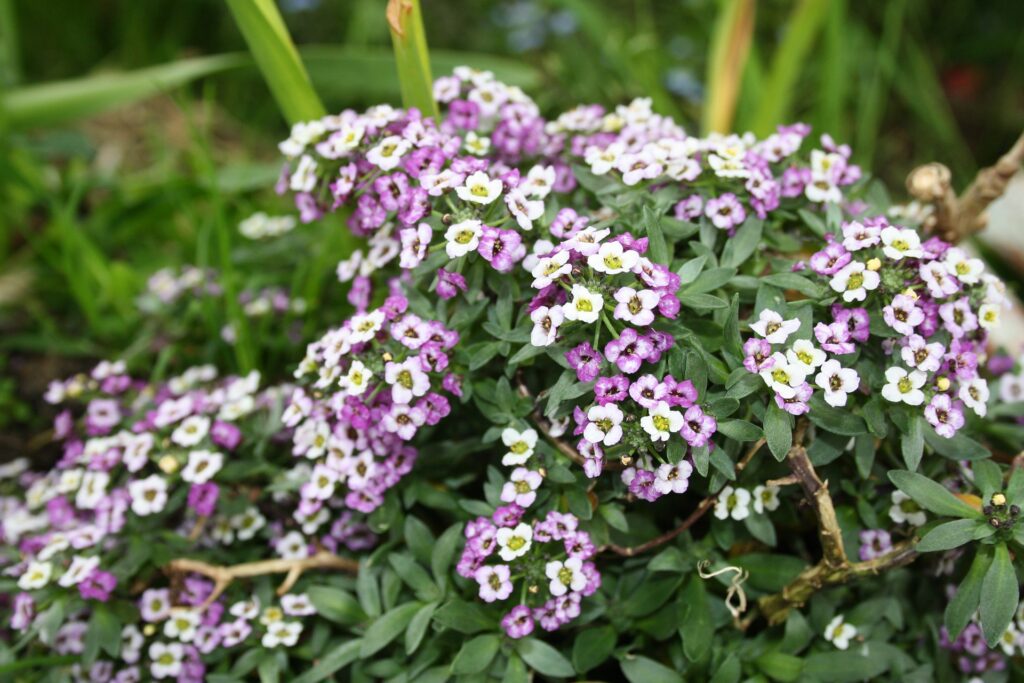
Alyssum is perfect for adding ground cover and sweet fragrance in May. These delicate flowers can grow in a variety of soil types, but prefer full sun. Continuous blooming through summer and into early fall is common, particularly if regularly pruned to encourage new growth.
Petunias

Petunias come in numerous colors and grow well in various settings, ideal for gardens and hanging baskets. They thrive in well-drained soil with ample sunlight, and regular watering is important, especially in extremely hot weather. Pinching spent blossoms back can promote a fuller plant and more vibrant blooms.
Salvia
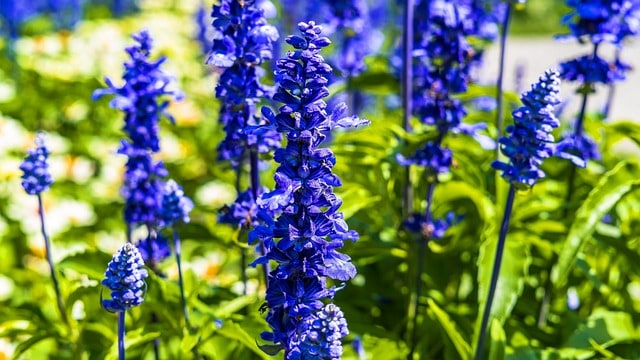
Salvia can serve multiple purposes in your garden, attracting pollinators and providing significant color from late spring to summer. They thrive in well-drained soil and full sun, making them great companions to other drought-tolerant species. Pruning can encourage bushier growth, increasing their blooming potential.
Snapdragons
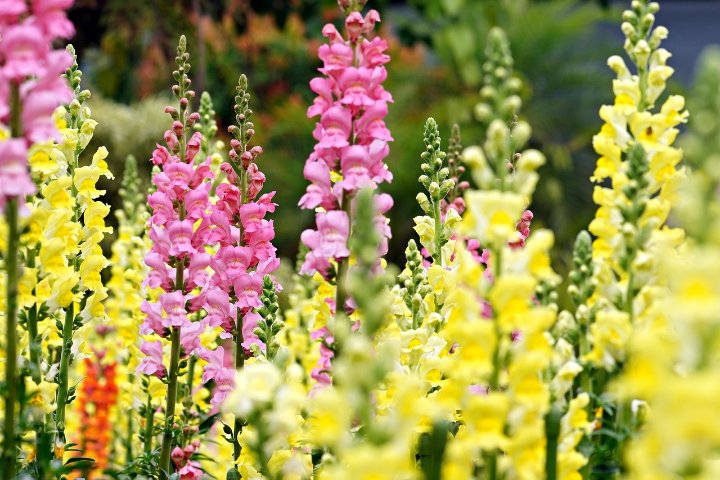
Ideal for early summer gardens, snapdragons can be planted in May for lasting color. They prefer cooler weather and can be grown in partial shade to help with heat tolerance. Providing consistent moisture and mulching around these plants will help maintain hydration in hot conditions.
Perennial Flowers to Plant
Perennial flowers come back year after year, providing lasting beauty. Planting in May allows perennials to establish strong root systems before the heat of summer.
Daylilies
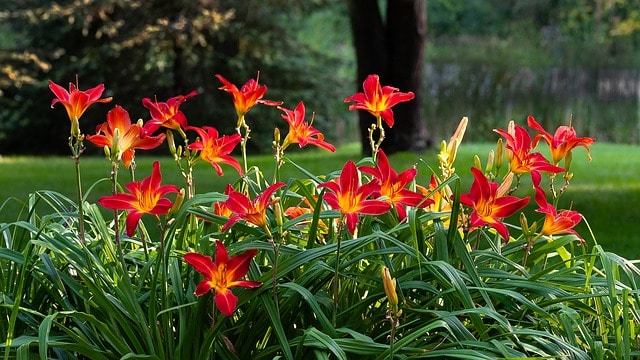
Daylilies are hardy and tolerant of various soil conditions. They bloom profusely in sunny spots during summer. Plant them in well-drained soil and keep them mulched to maintain moisture. These flowers thrive with minimal care, making them ideal for busy gardeners.
Echinacea (Coneflower)
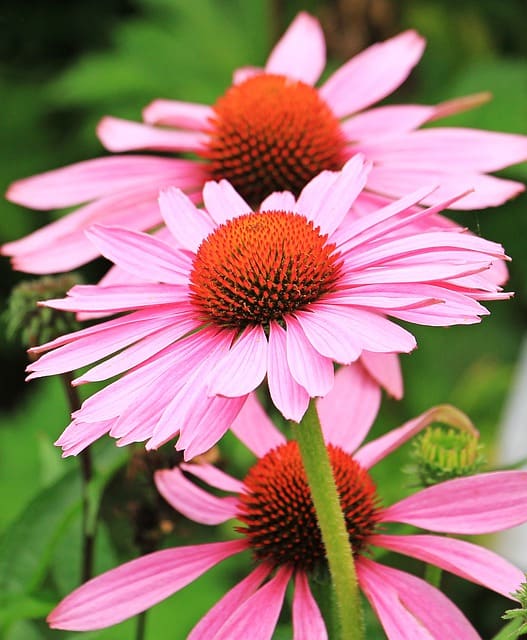
Echinacea is a drought-tolerant perennial that blooms brightly from mid-summer into fall. Plant these resilient flowers in full sun, where they will attract butterflies and pollinators. Echinacea prefers average soil quality and does best when given some space for air circulation.
Hostas
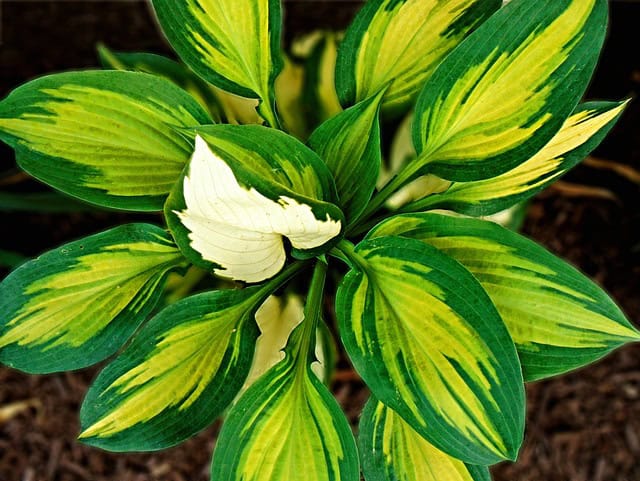
Hostas thrive in shady areas, producing lovely foliage and blooms during the summer. Plant in well-draining soil enriched with organic matter to maintain moisture levels. These perennial plants are perfect for borders or shaded sections and perform well in various garden designs.
Sedum
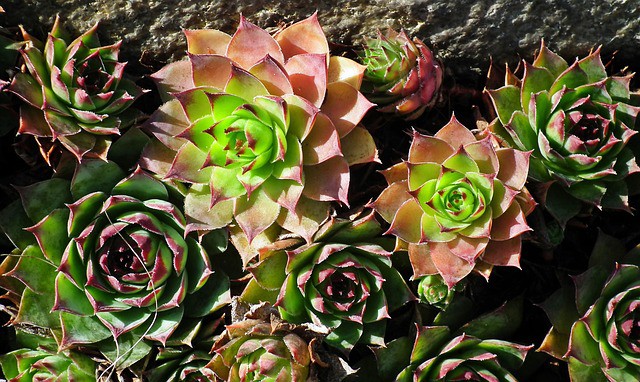
Sedum varieties are excellent for hot, dry areas and provide stunning color during the latter part of summer. Plant in well-drained, sandy soils and ensure plants receive full sun. These low-maintenance plants are drought-resistant and can help attract pollinators to your garden.
Lavender
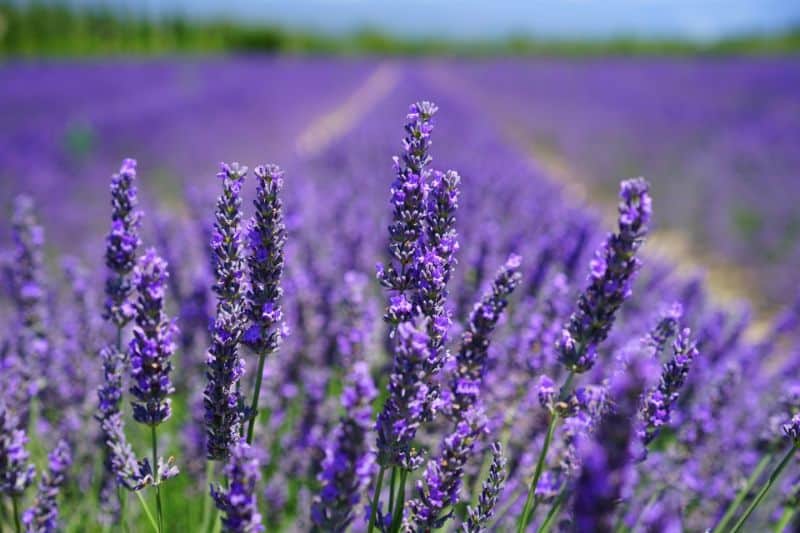
Lavender not only adds fragrance but also attracts beneficial insects. Plant in well-drained soil and full sun to encourage healthy growth. Once established, lavender is drought-tolerant, requiring little maintenance. Regular pruning helps to maintain its shape and stimulates lush growth.
Phlox
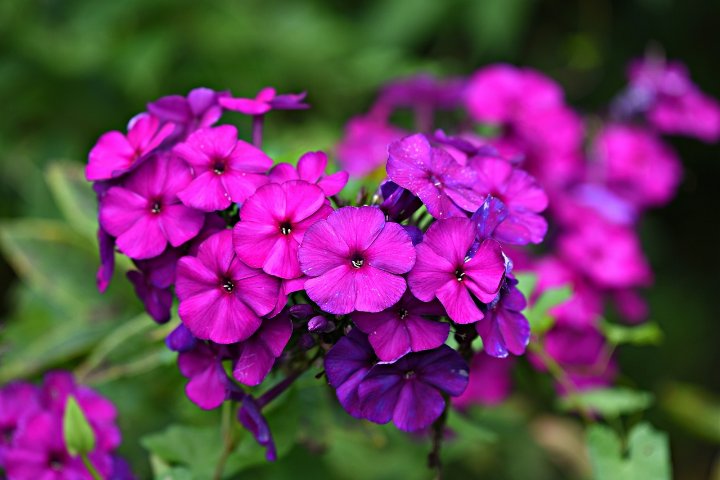
Phlox will thrive in sunny spots, preferably with rich soil. They flourish in the heat of summer and can provide a vibrant color display in flower beds. Water regularly during their blooming period to support their prolific flowering.
Astilbe

Plant Astilbe in shady spots with consistently moist soil to establish strong root systems. They provide beautiful feathery blooms in summer. Regular watering during dry spells can help maintain their vibrancy, making them excellent additions to perennial gardens and cottage-style landscapes.
Black-Eyed Susans
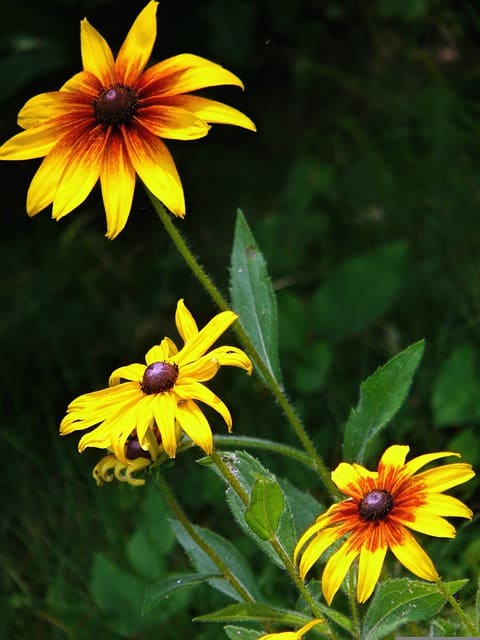
These bright perennial flowers bloom from summer to fall and attract pollinators, contributing to ecological diversity in the garden. Black-eyed Susans thrive in full sun and are tolerant of poorer soil conditions, making them easy to care for and suitable for various landscape designs.
Penstemon
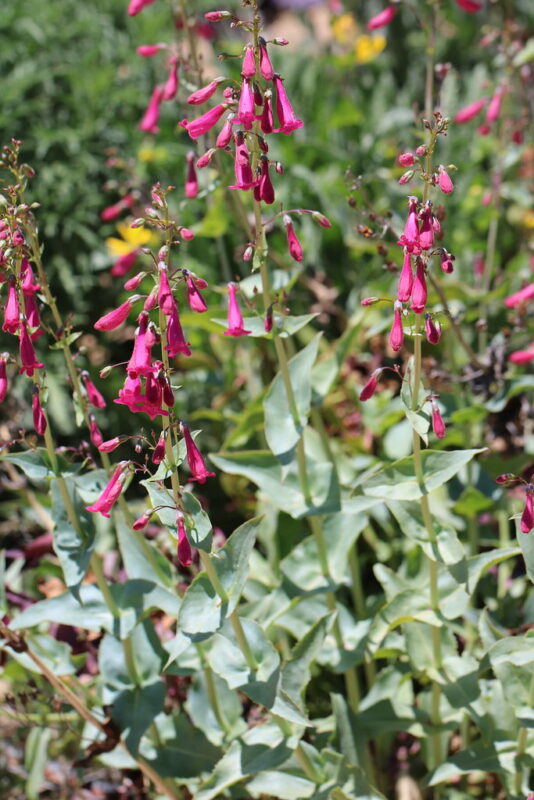
With its stunning tubular flowers, penstemon attracts hummingbirds and makes an excellent choice for sunny garden areas. It prefers well-draining soil and can add height and interest to perennial borders. Regular watering during dry spells ensures optimal health and flowering.
Salvia (Perennial)
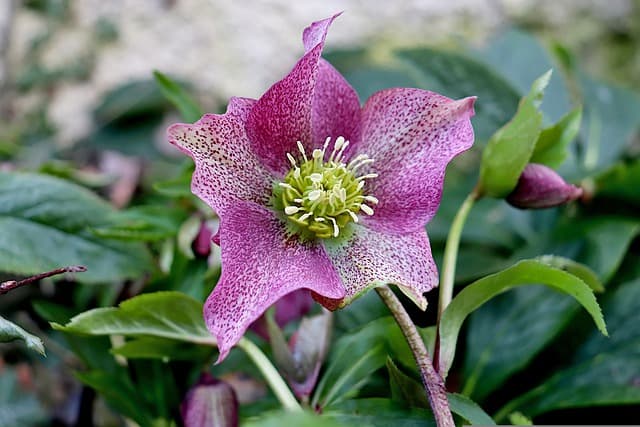
For an enhanced display of perennial color, plant salvia in May. It can easily tolerate heat and drought. Richly colored blooms attract various beneficial pollinators—making it a valuable addition to any garden. Regular pruning will also extend bloom time.
Bulbs To Plant
The late spring offers opportunities to plant bulbs that will provide mesmerizing summer blooms. Here are some options that thrive in Zone 7b.
Dahlias

Dahlia tubers should be planted after the risk of frost has passed and the soil has warmed up. They need full sun and can thrive in rich, well-draining soil. Support taller varieties, and regularly remove spent flowers to encourage further blooming throughout summer.
Gladiolus

Gladiolus offer tall spikes of flowers and should be planted in full sun in well-drained soil in May. They can create a stunning vertical display in your garden or be cut for bouquets. Regular watering during dry spells is essential, especially when bulb development is taking place.
Calla Lilies
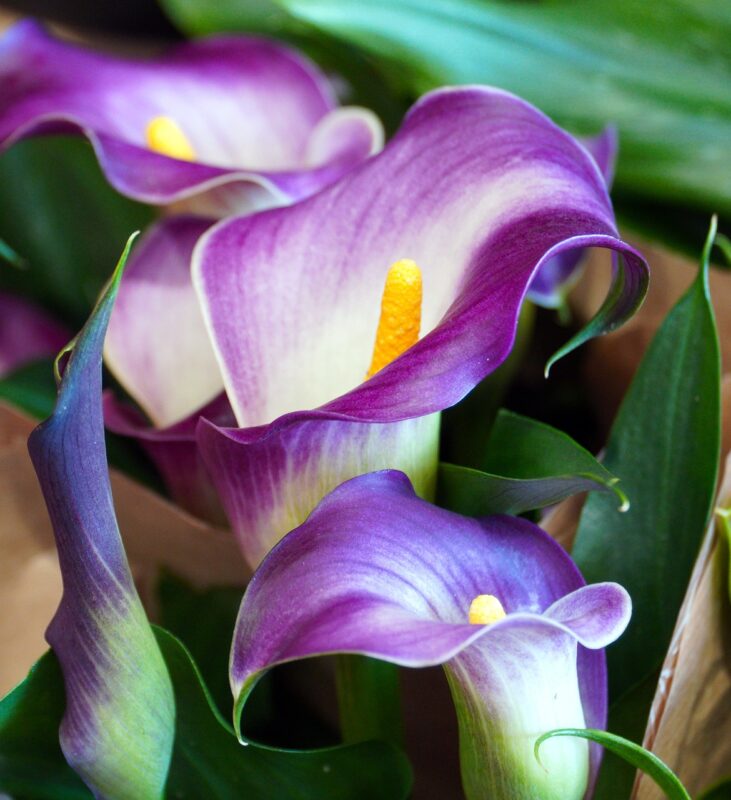
Calla lilies are elegant and should be planted in May where there’s reliable moisture. They thrive in full sun to partial shade and prefer rich, well-draining soil. Regular watering and nutrient-rich fertilizing will enhance your display of these unique blooms.
Begonias
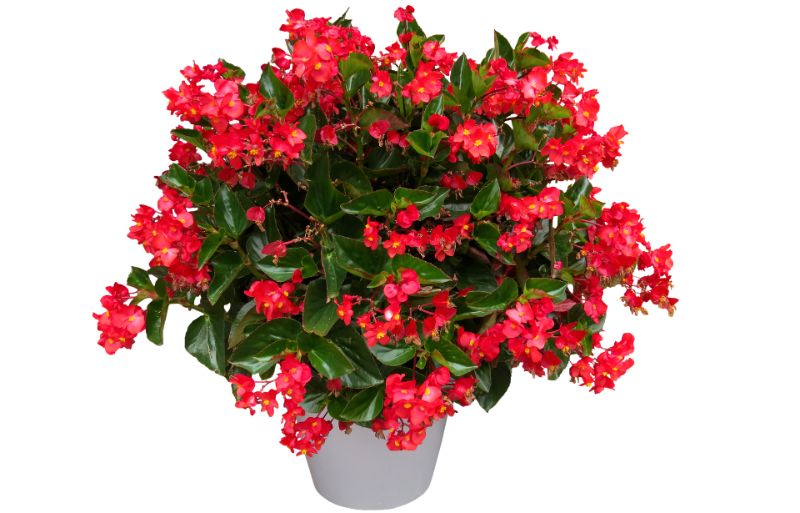
For areas with partial shade, tuberous begonias can be planted in May. They prefer moist, well-drained soil and offer a colorful display throughout the summer. They require regular feeding with a balanced, water-soluble fertilizer to support their growth.
Oriental Lilies

Plant Oriental lily bulbs in May in well-drained, fertile soil in sunny spots for stunning blooms. These lilies not only provide a beautiful display, but their fragrance can also enhance any garden. With proper care and moisture, they will bloom in late summer.
Canna Lilies
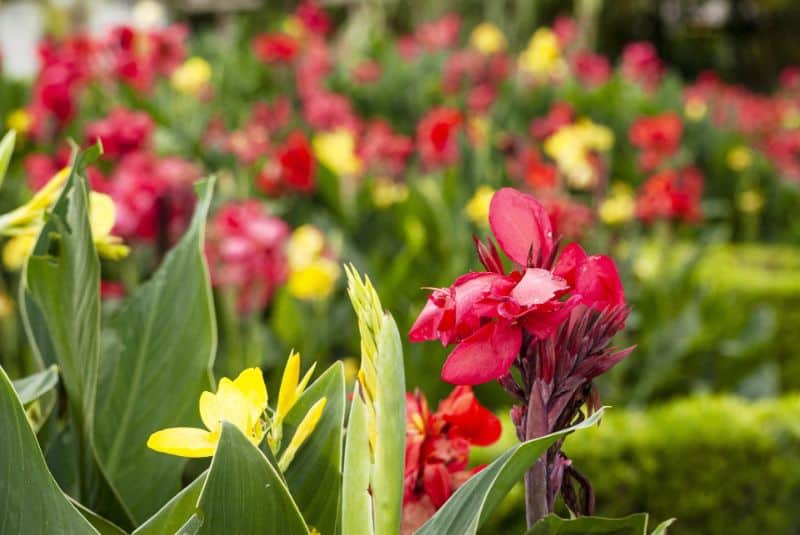
Canna lilies can be planted in well-drained, fertile soil and should receive plenty of sunlight to thrive. With large foliage and vibrant flowers, they can quickly become focal points. They require sufficient watering and regular fertilization for best results.
Crinums

Crinum lilies are hardy and resilient in warm climates. Planting in May will allow them to integrate into the area’s established environment. They prefer well-draining soil and enjoy the full sun, rewarding gardeners with stunning blooms during the summer months.
Tuberous Begonias
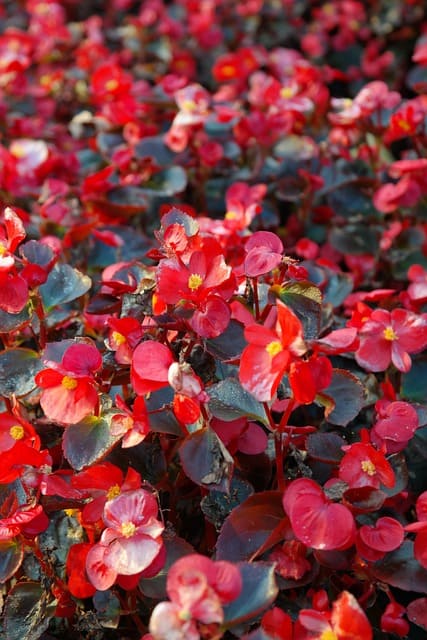
Tuberous begonias thrive in shaded areas and can bring beautiful color to low-light spots. They prefer rich, well-drained soil and can have a regular watering schedule to maintain moisture levels. These plants will provide vibrant blooms throughout the summer if well cared for.
Caladiums

Caladiums bring dramatic foliage to your garden spaces. Plant them in May in well-drained soil while ensuring they receive partial shading to avoid scorching. Regular watering and nutrient additions will help maintain their vibrant colors and overall health.
Fruits To Plant
May is ideal for planting various fruits in Zone 7b, capitalizing on the warm weather that ensures a bountiful harvest.
Tomatoes

Tomatoes are versatile and popular fruits that thrive in the warm climate of Zone 7b. Choose disease-resistant varieties when starting from seedlings and transplant them in May for robust growth. Ensure they are exposed to sunlight and keep them consistently watered through the hotter summer months for optimal production.
Strawberries
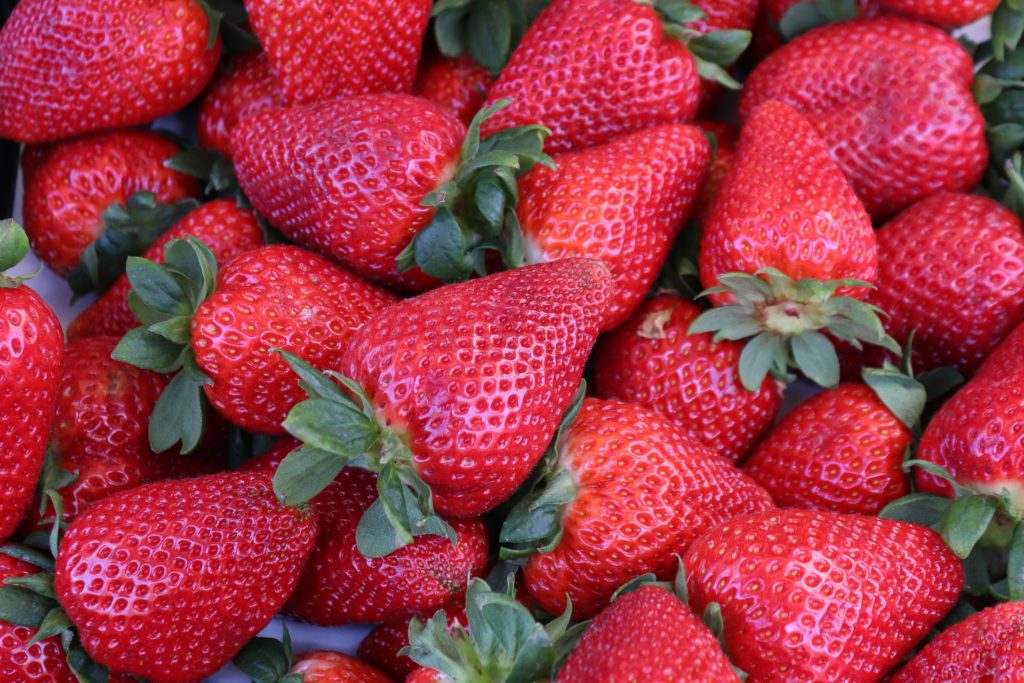
May is ideal for planting bare-root strawberries, which will thrive in well-drained soil enriched with organic matter. Full sun exposure is critical for generous fruit production, and regular watering is essential during the growing season. Mulching can help conserve moisture and reduce weed competition.
Blueberries
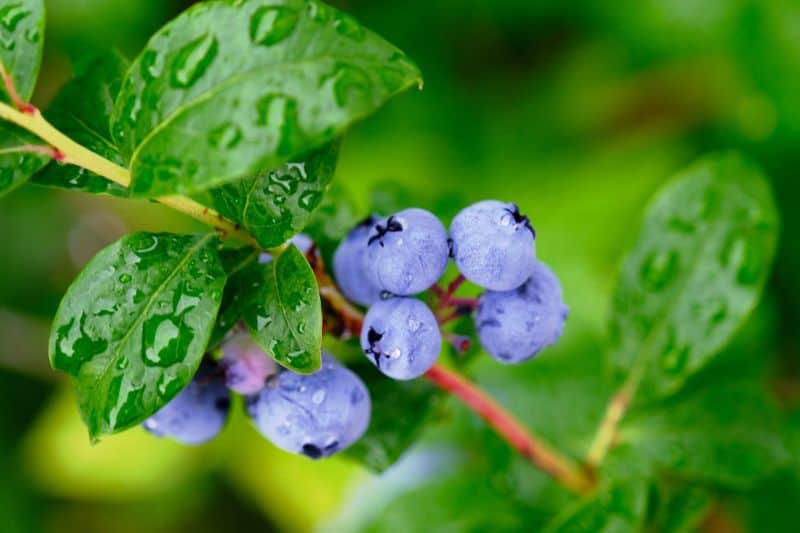
Blueberries need acidic soil, making it essential to prepare the soil adequately before planting in May. They appreciate full sun and regular moisture, especially while establishing. Keep them well-watered throughout the summer months to ensure a bountiful harvest.
Raspberries
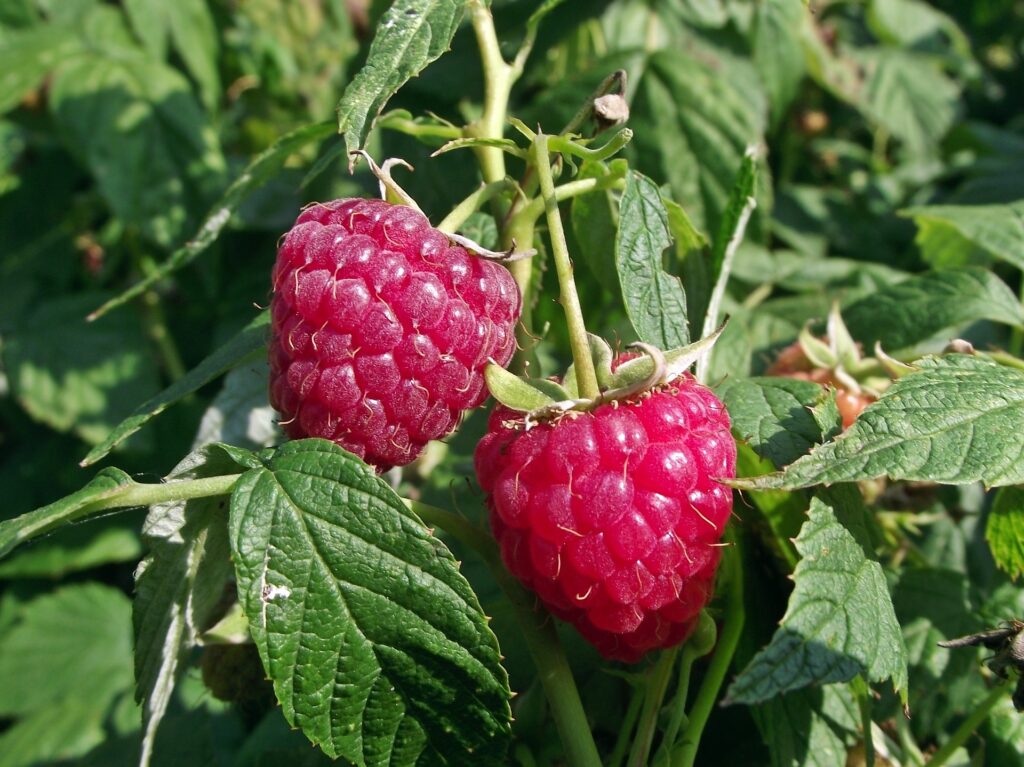
Raspberries flourish when planted in May in well-draining soil with sufficient sunlight. They require a trellising system for support as they grow. Regular watering and a compost amendment will promote healthy root systems and result in plentiful summer fruits.
Blackberries
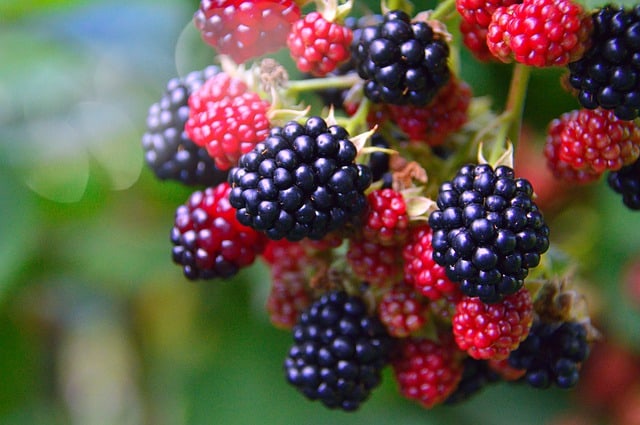
These bramble fruits are best planted in May in rich, sunny locations. Blackberries benefit from trellising to keep the canes upright and to improve air circulation. They are hardy, drought-tolerant once established, and can provide generous yields in the following summer months.
Peppers

Planting pepper plants in May can yield rewards of sweet or hot fruits throughout the summer. They need rich soil with good drainage and plenty of sunlight. Mulching around plants will help to retain moisture and control weeds, fostering healthier growth.
Grapes
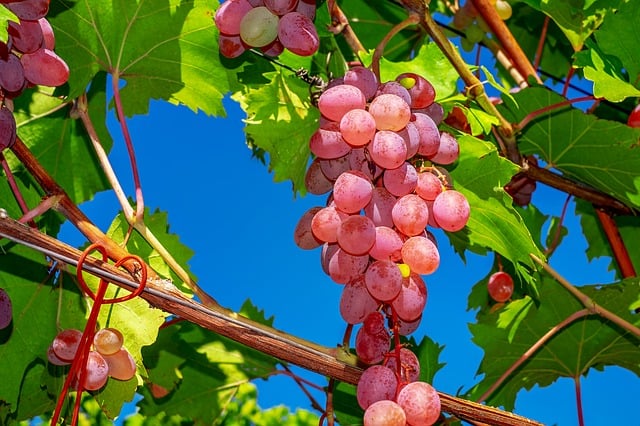
May is a good time for planting grapevines, which like full sun and well-draining soil, preferably on a trellis. Grapes benefit from regular watering throughout the growing season, especially during fruit development. Pruning is essential for strong growth and sustainable yield.
Fruit Trees
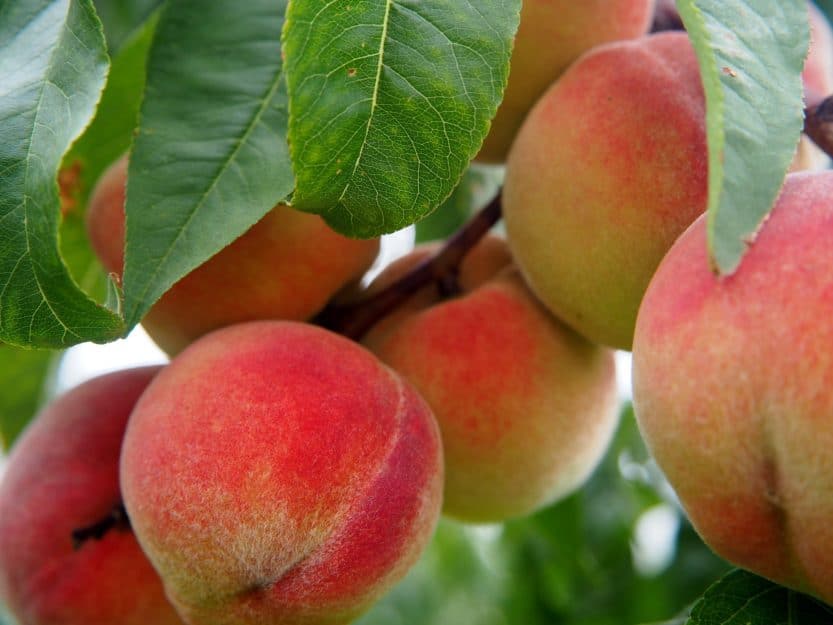
When planting fruit trees in May, select varieties suited to your climate, such as apple, peach, or cherry trees. Ensure they are placed in a sunny location with enough space to grow. Consistent watering and mulching can improve health and yield.
Figs
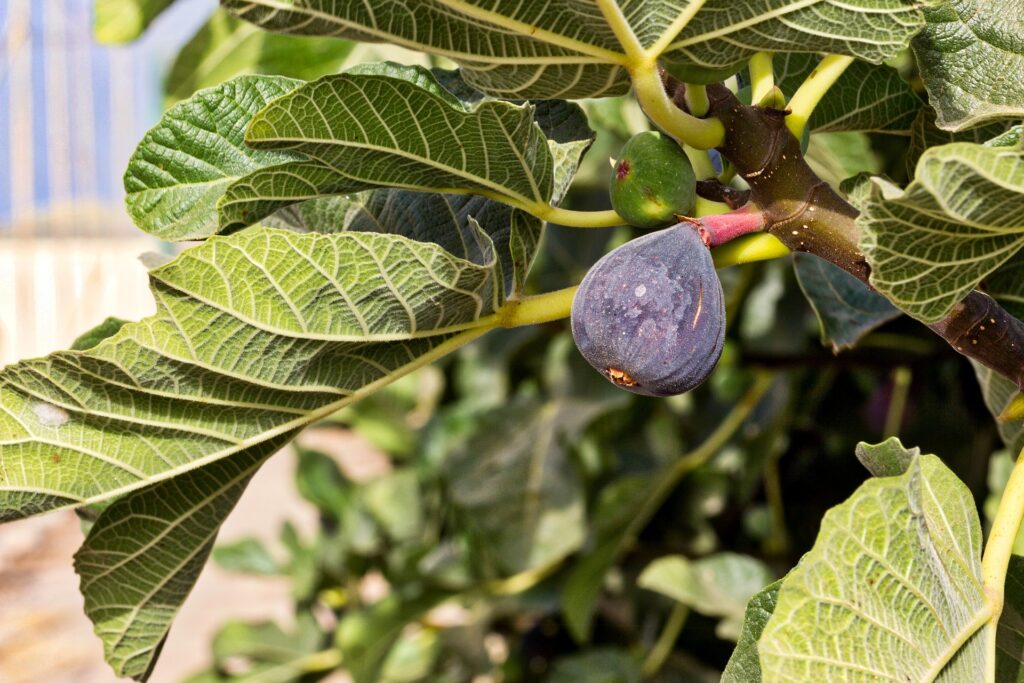
Figs can be planted in May to take advantage of the warm climate. They prefer sun and well-drained soil. Once established, fig trees are drought-tolerant and will reward you with sweet harvests in late summer.
Currants
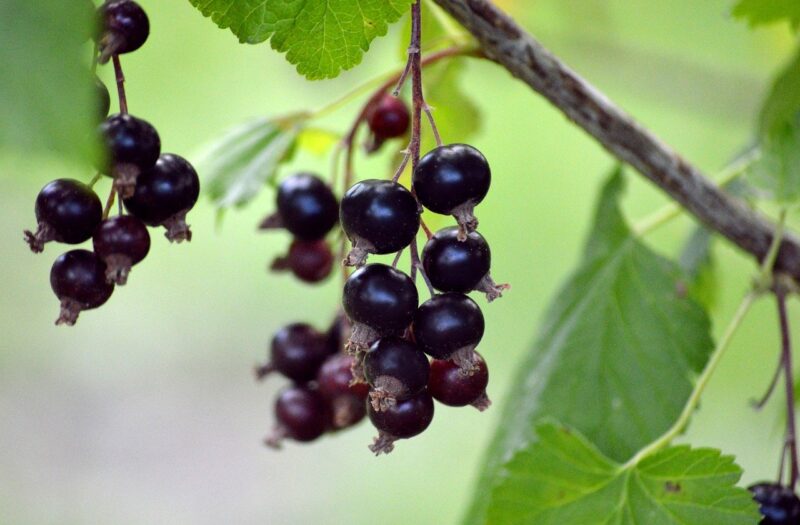
Currants thrive in well-drained soil, and May is the perfect time to plant them in sunny or slightly shaded areas. Regular watering and a bit of care should yield a delicious summer harvest, offering fresh and flavorful berries for your culinary delights.
Herbs To Plant
Herbs provide culinary benefits and enhance garden spaces with their beauty. Many herbs thrive in the warm climate of Zone 7b, making May an excellent time for planting.
Basil
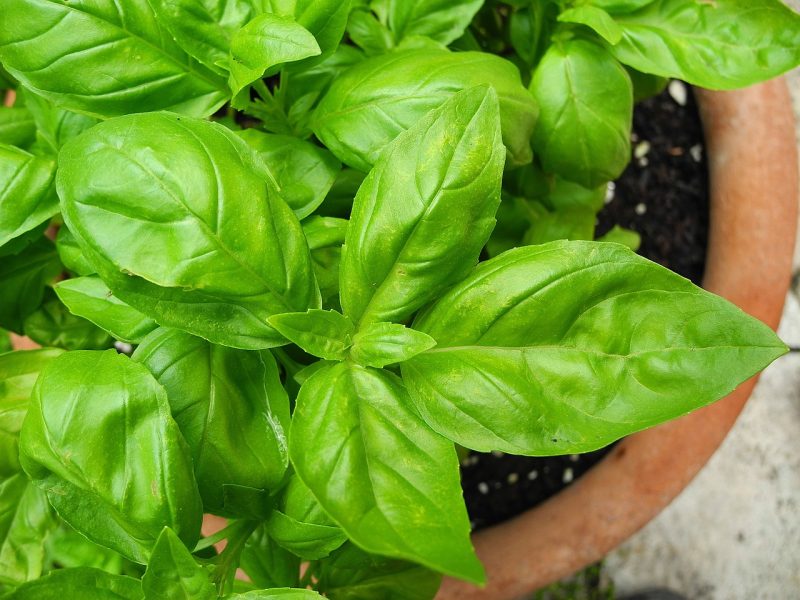
Basil loves warmth and is perfect for planting in May. This herb requires full sun and moist, rich soil. Regular watering and occasional pruning will keep plants bushy and promote continuous leaf production throughout the summer.
Oregano
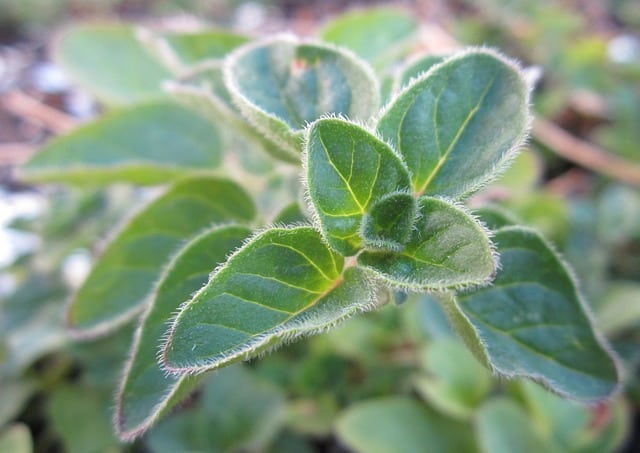
Oregano is a tough perennial that thrives in Zone 7b’s warm climate. It enjoys full sun and poor soils, making it easy to grow. Regular harvesting encourages bushy growth, and it requires minimal water once established.
Thyme
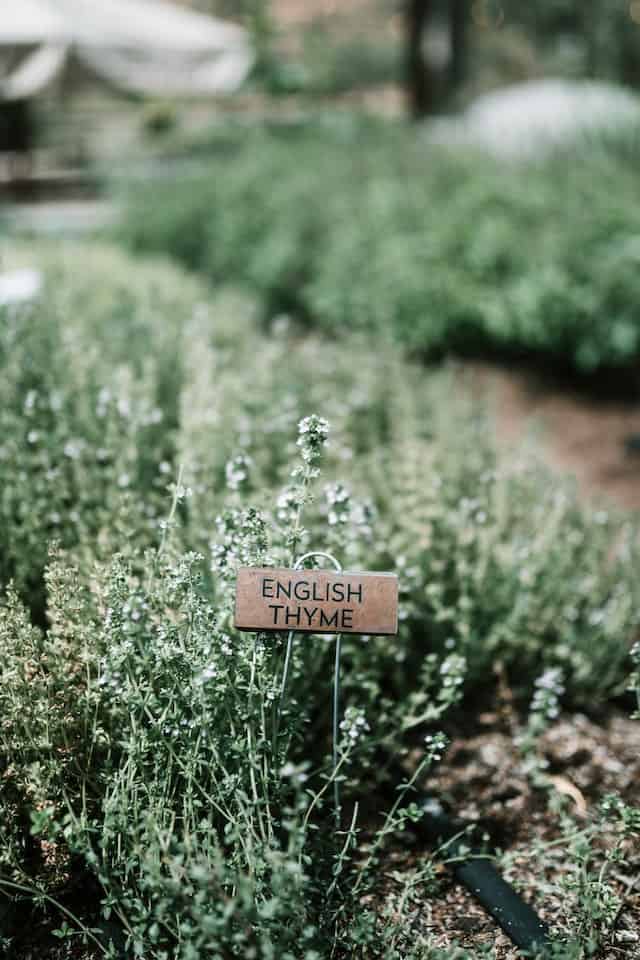
Thyme is another drought-tolerant herb that can be planted in May. It prefers well-drained, sandy soil and full sun where it will flourish. Once established, it requires little moisture, making it a perfect choice for low-maintenance gardens.
Rosemary
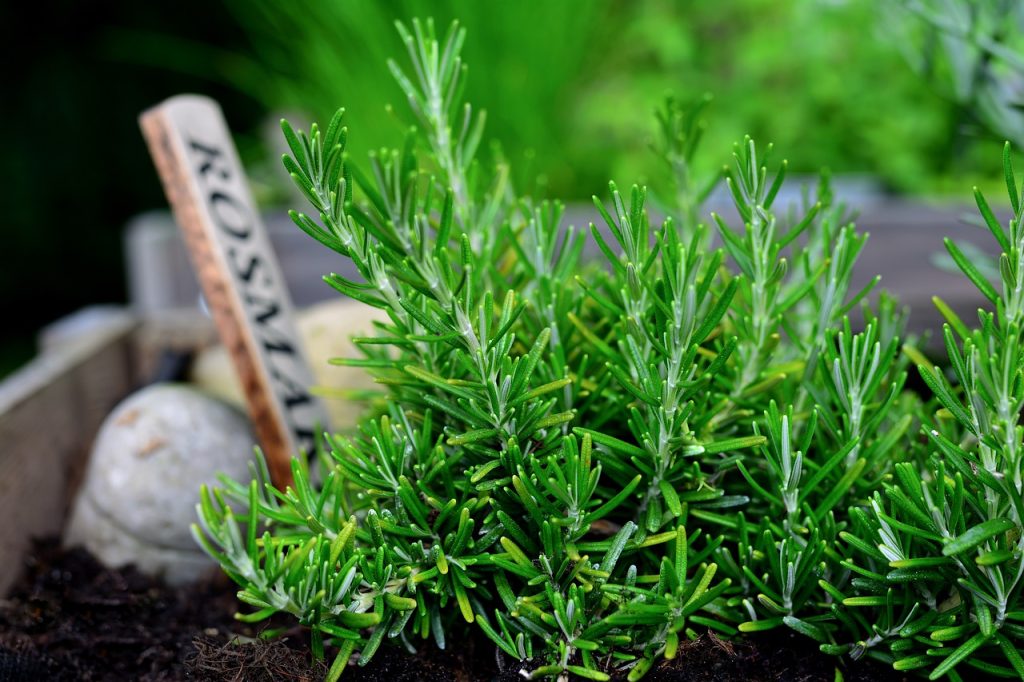
Rosemary can be planted in May in dry, well-draining soil. This herb grows best in full sun and can withstand heat, making it ideal for the conditions in Zone 7b. Pruning encourages bushiness, and once established, it needs minimal watering.
Parsley
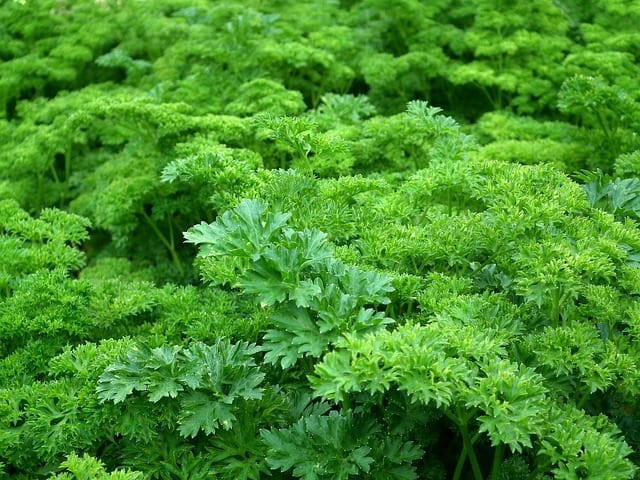
Parsley can be planted in May for fresh culinary use. It prefers rich, well-drained soil and does well in areas that receive full sun or partial shade. Consistent moisture is key for successful growth, so be sure to water regularly.
Chives
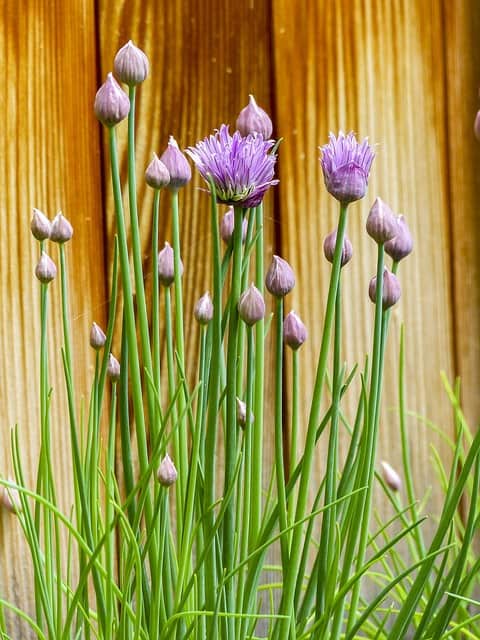
Chives are hardy perennial herbs suitable for Zone 7b. They thrive in sunny locations and require little care. The mild onion flavor enhances many dishes, and their flowers are also edible, making chives a versatile addition to your garden.
Cilantro
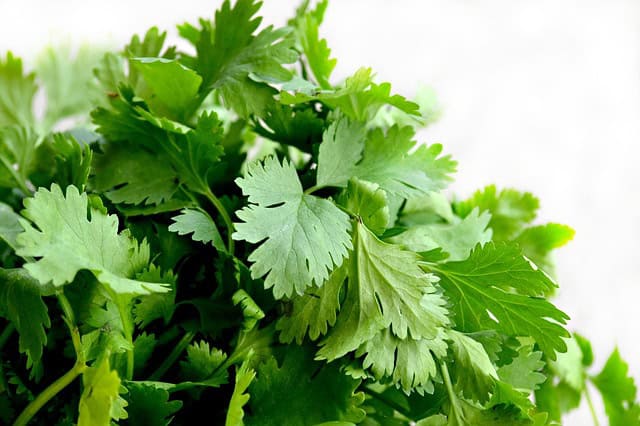
Plant cilantro in May for a fresh flavor addition to your meals. It prefers cooler weather but can be grown in full sun in Zone 7b. Ensure adequate moisture while it’s growing, as it tends to bolt easily in hot weather.
Mint
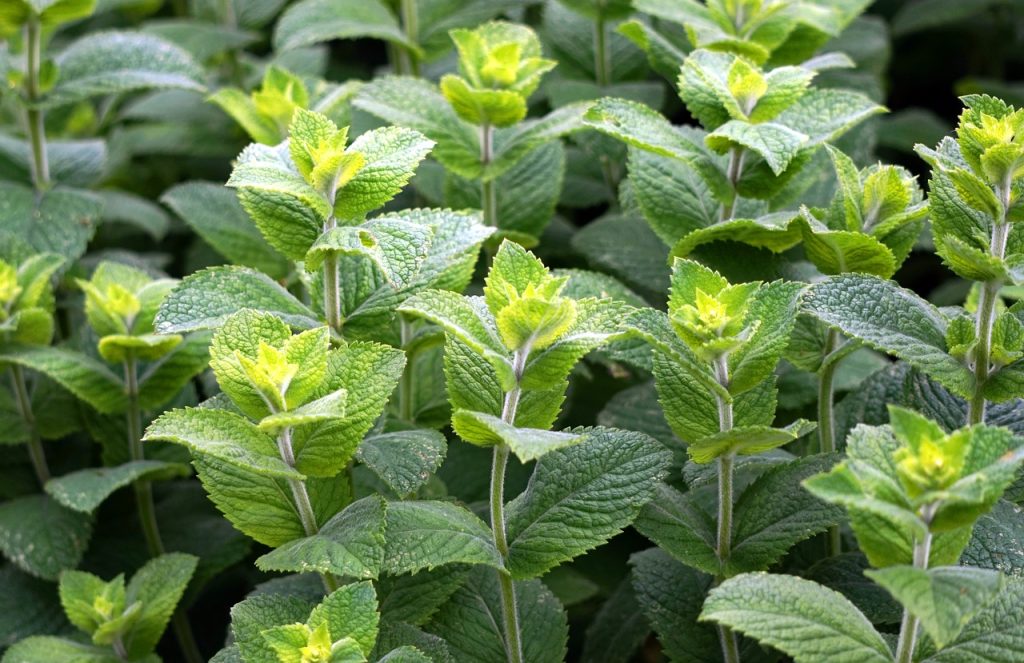
Mint should ideally be planted in containers to control its spread. Planting in May ensures it establishes well before summer’s heat. Regular watering and partial sun contribute to a thriving mint plant that can enhance cocktails, salads, and desserts.
Sage
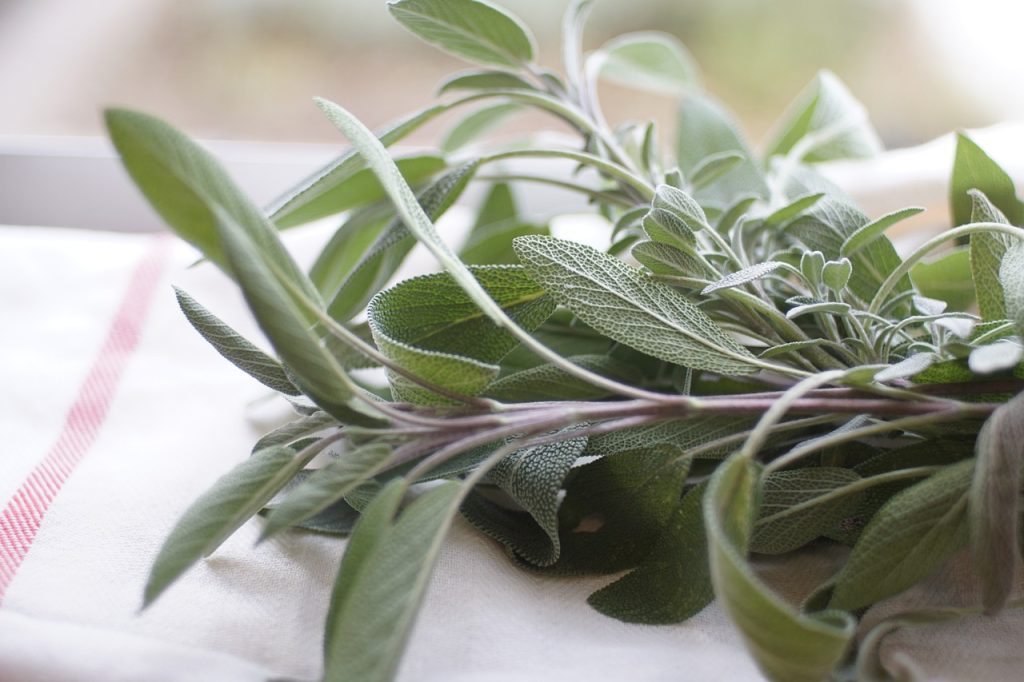
Sage is a hardy perennial that can be grown in well-drained soil. Planting in May allows it to establish strong roots before the heat of summer. This herb requires minimal watering once established and adds depth to various savory dishes.
Dill
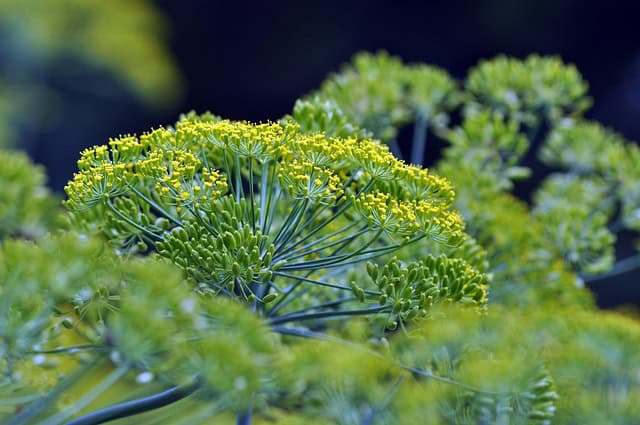
Dill can be directly seeded into the garden in May. It performs best in sunny locations and well-drained soil. Regular moisture is essential for vigor, so be mindful to water accordingly; it attracts beneficial insects while providing flavor for pickling and cooking.
Landscape Plants To Plant
Enhancing your landscape with a variety of plants will provide interest throughout the growing seasons. Zone 7b offers a wide range of options to create beautiful outdoor spaces.
Hydrangeas
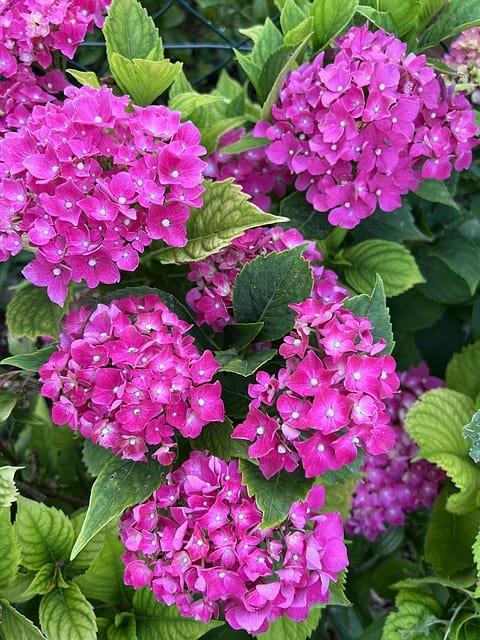
Hydrangeas thrive exceptionally well in Zone 7b’s temperate climate. Plant them in May to enjoy their extravagant blooms throughout the summer. They prefer rich, well-drained soils and thrive in partial shade to full sunlight. Regular watering and mulching will help maintain moisture, ensuring robust growth.
Azaleas
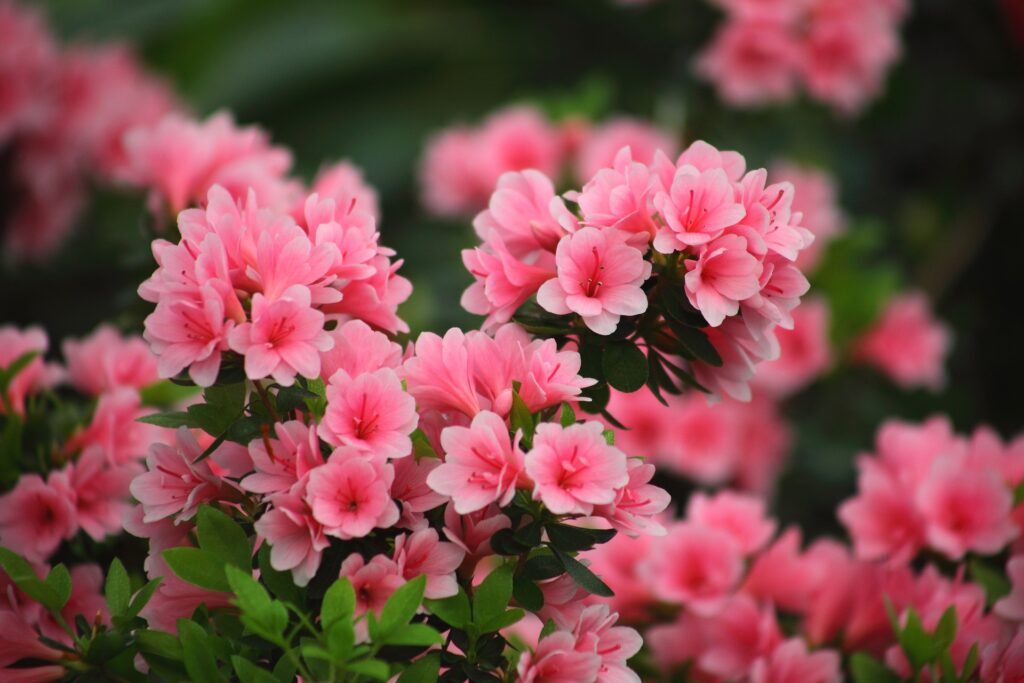
May is perfect for planting azaleas, adding vibrant color to your landscape. They prefer acidic soils and partial shade, helping to prevent leaf scorch in the intense summer sun. Adequate watering during dry spells ensures healthy blooms and helps establish their roots in their new environment.
Boxwood
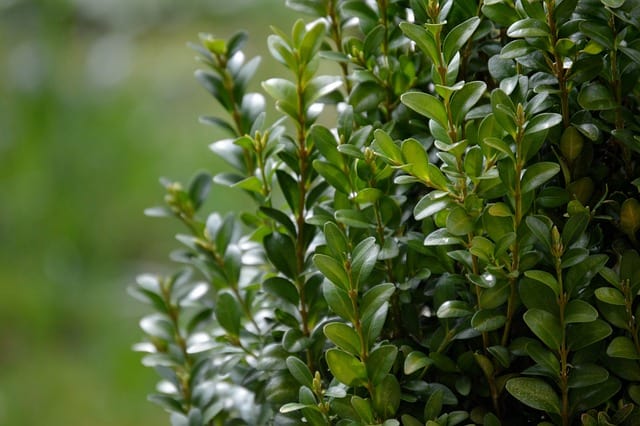
Boxwood shrubs are versatile for creating hedges or borders. Plant them in well-drained soil, ensuring they receive enough sun but can also tolerate partial shade. Regular pruning keeps them shapely and encourages thick foliage, making them perfect for formal landscapes.
Liriope
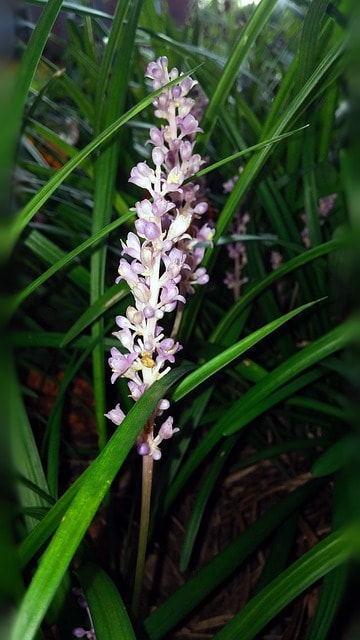
Liriope is an excellent choice for shaded areas and can add texture to landscapes. Plant them in May, and they will provide lovely, grassy foliage and purple flower spikes throughout the summer. They are low-maintenance once established, and their drought tolerance makes them ideal for less frequent watering.
Forsythia
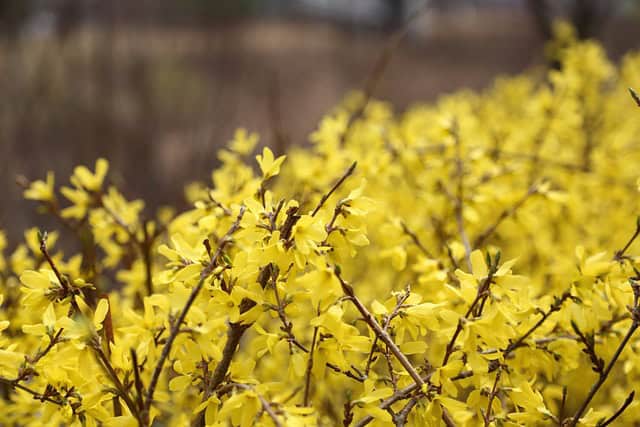
Forsythia is a herald of spring with its bright blossoms. By planting in May, you prepare these resilient shrubs for strong growth. They thrive in full sun with well-drained soil, and regular pruning promotes denser growth, resulting in a more robust plant overall.
Camellias
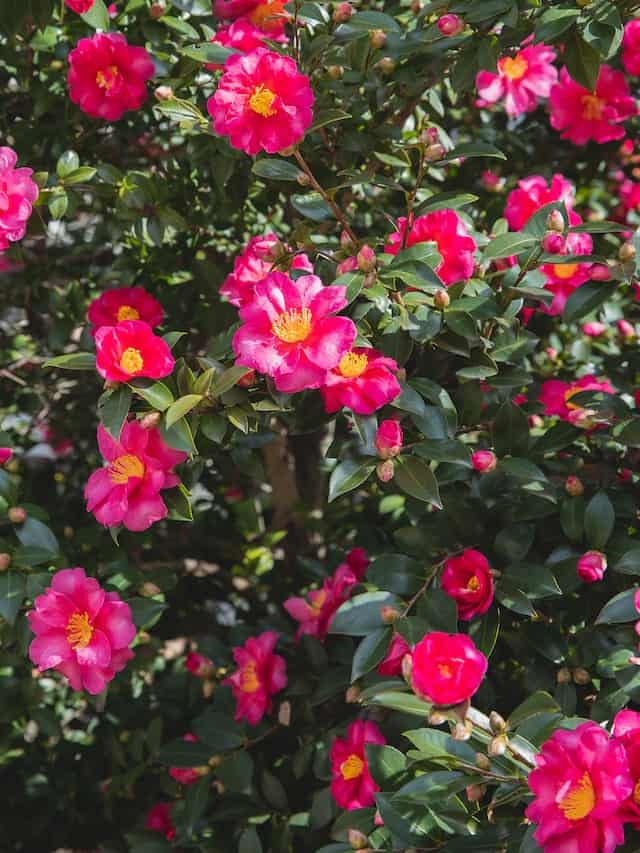
May provides a suitable time to plant camellias, which thrive with their lush green foliage and beautiful blooms. They prefer partial shade and well-drained, acidic soil. Ample watering will help them adapt to their new soil while retaining the beauty they are known for.
Creeping Thyme
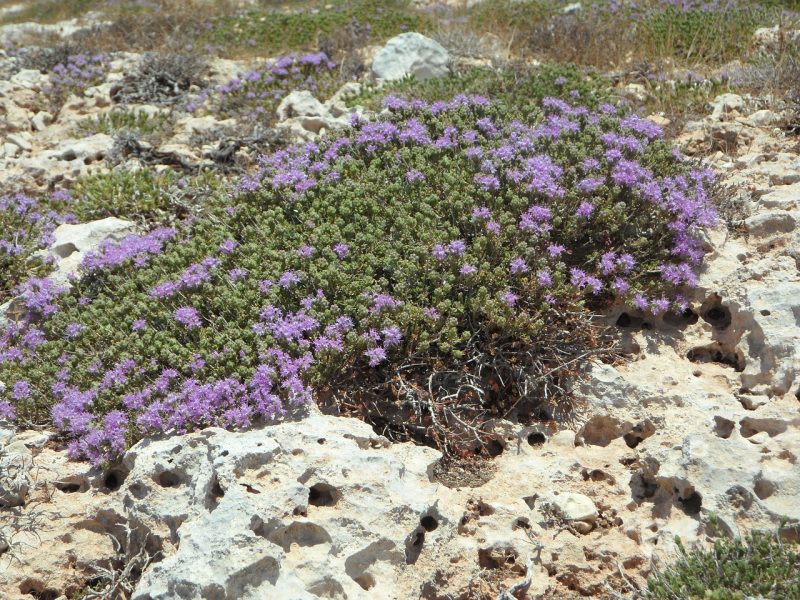
Creeping thyme is fantastic for sunny locations in your landscape, and it can outcompete weeds. Plant in May in well-drained soil for a fragrant, green carpet. Reserve water during drought periods, as once established, this low-maintenance herb will flourish even under dry conditions.
Japanese Maple
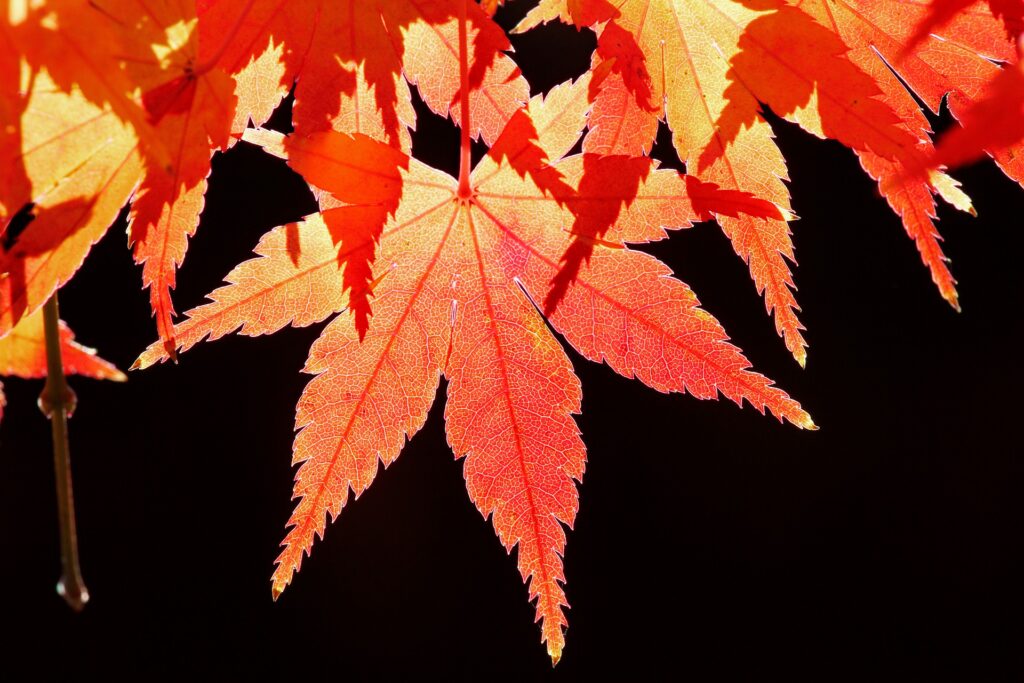
A striking landscape tree, the Japanese maple adds elegance and interest. Plant your maple in well-drained soil and partial shade in May to avoid scorching the delicate leaves. Pruning is minimal; however, proper care will result in a stunning focal point throughout the year.
Barberry
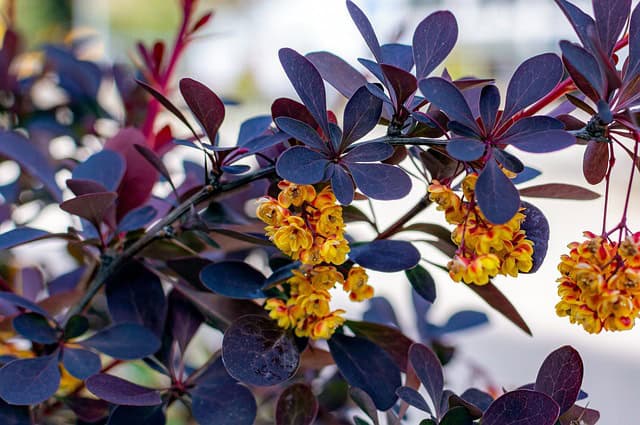
May is optimal for planting barberry, a hardy shrub that can tolerate various conditions. It’s great for borders and can thrive in full sun or partial shade. Its thorny nature can discourage wildlife, while the colorful foliage provides vibrant visual interest.
Switchgrass
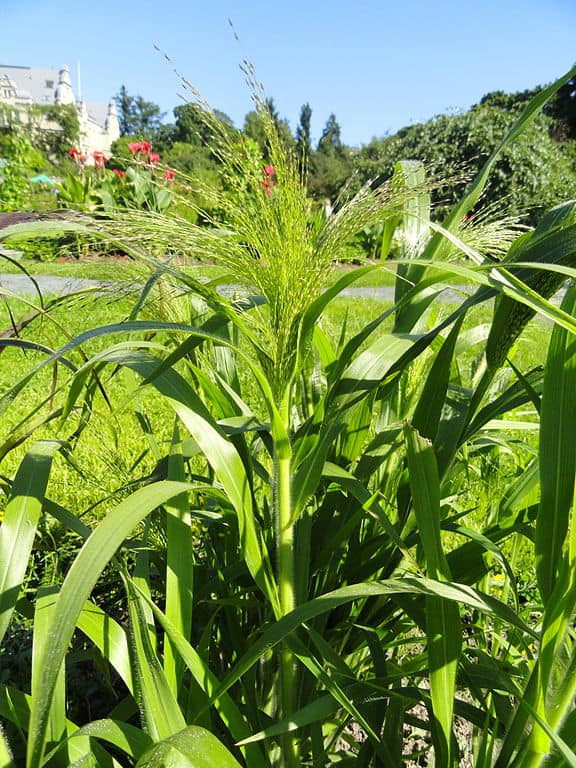
This native ornamental grass is perfect for planting in May in sunny areas. Switchgrass creates excellent texture and movement in your landscape. Once established, it is drought-tolerant and contributes to soil health, making it a delightful addition to any low-maintenance garden.
FAQ
What should I consider when planting in May in Zone 7b?
Always check the soil temperature and ensure it is warm enough for planting warm-season crops. Fertilizing beforehand and considering sunlight and moisture needs will also set your plants up for success.
Can I plant annuals in May?
Absolutely! May is the perfect time to plant annuals, making the most of the sunny days and the warmer soil to encourage strong growth.
What about late frost?
While May typically has a low frost risk, gardeners should keep a watchful eye on weather forecasts and be ready to cover tender plants just in case.
How can I make the most of my gardening space?
Consider companion planting, vertical gardening strategies, and intercropping to maximize the space you have while also encouraging plant health and biodiversity.
Are there any plants I should avoid planting in May?
Plants that prefer cooler temperatures, like spinach or peas, should be avoided for May planting because heat can trigger bolting and decrease their quality.


